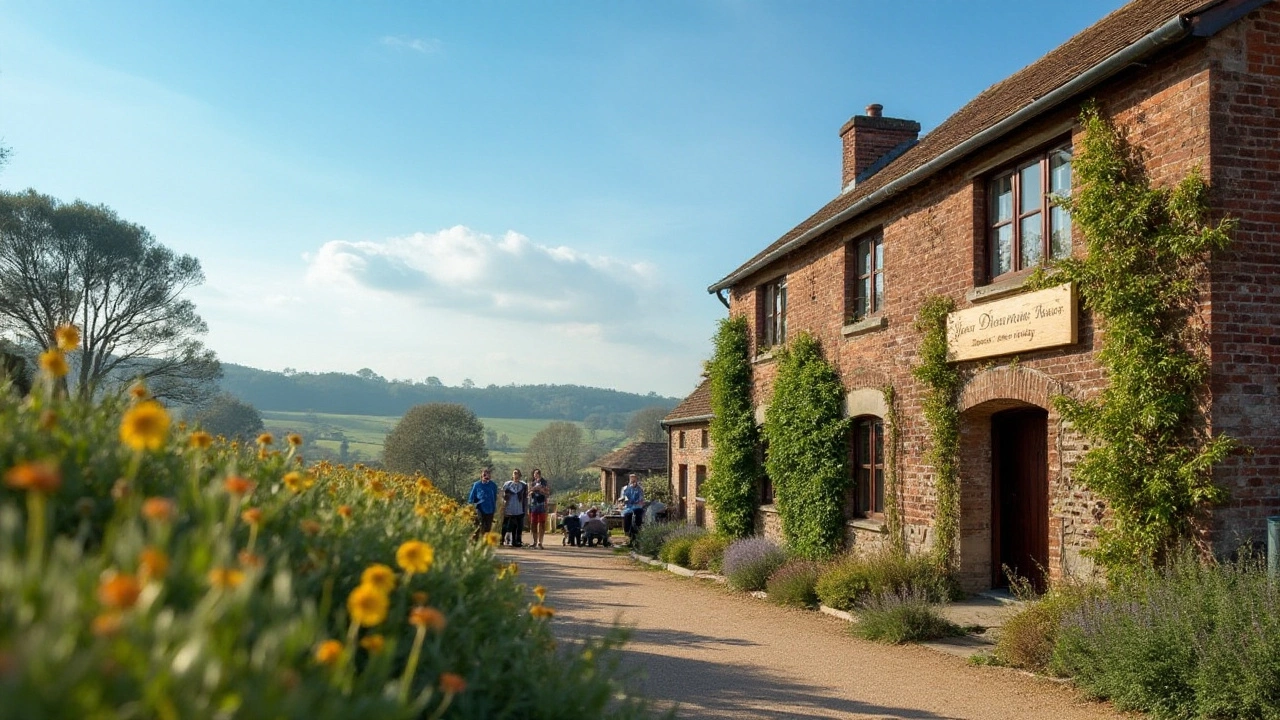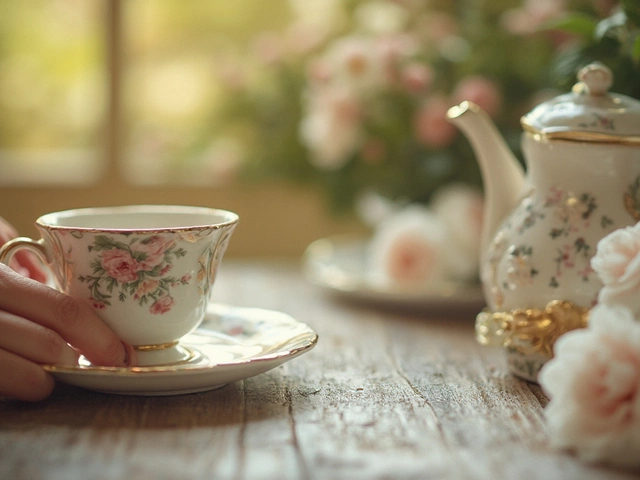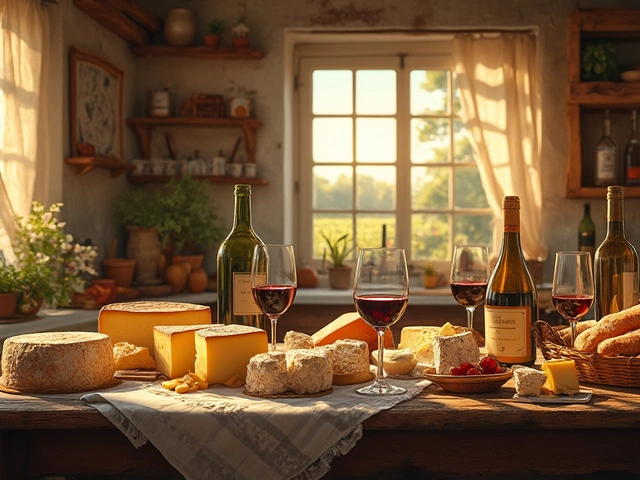Gin Craft – Explore, Taste and Make Small‑Batch Gin
If you’ve ever wondered why some gins taste totally different from the ones you see on supermarket shelves, you’re in the right place. Craft gin is all about unique botanicals, small batches, and a lot of personality. Below you’ll find straight‑forward advice on how to spot a real craft gin, how to taste it like a pro, and even a bite‑size guide to start your own mini‑distillation adventure.
What Makes a Gin ‘Craft’?
First off, craft gin isn’t just a marketing label. It usually means the distiller is using fewer than a few thousand liters a year, picks their own botanicals, and often experiments with local flavors. Think of a small gin maker in a town using nearby rosemary, seaweed or even local berries instead of the generic coriander and citrus you get in mass‑produced brands.
Because the batches are tiny, each bottle can have subtle differences – a good thing if you love variety. You’ll also see the distiller’s story on the label: where the botanicals came from, why they chose them, and sometimes even the exact recipe.
One quick way to tell if a gin is craft is to check the proof. Many craft gins are bottled at 40‑45% ABV, letting the botanicals shine without getting drowned out by alcohol. Also, look for bottles that mention “small batch,” “hand‑crafted,” or list a specific distillery name rather than a big corporate brand.
Simple Steps to Start Your Own Gin Journey
Want to taste craft gin like a pro? Grab a clear glass, add a few ice cubes, and give it a gentle swirl. Take a sniff – you should catch the dominant botanical first, then the background notes. Take a sip and let it roll over your tongue; notice the balance between the juniper bite and the softer flavors.
When you’re ready to mix, keep it simple. A classic gin & tonic with a twist of lemon or a few sprigs of fresh herbs lets the gin speak. If you feel adventurous, try a gin‑fizz: gin, fresh lemon juice, a dash of simple syrup, and soda water.
If the idea of making your own gin excites you, start with a basic gin‑making kit. You’ll need a neutral spirit (usually a high‑proof vodka), a selection of botanicals (juniper berries are a must, add coriander, orange peel, and something unique like lavender or cardamom), a sealed jar, and a way to filter the mixture.
Here’s a quick recipe: combine 1 L of neutral spirit with 20 g of juniper, 10 g of coriander seed, a strip of orange peel, and a tablespoon of dried lavender. Let it sit for 12‑24 hours, then strain and bottle. You’ll have a small batch that tastes fresh and personal. Remember to label it and store it in a cool, dark spot.
Even if you don’t want to distill at home, visiting a local craft gin distillery is worth the trip. Many offer tours where you can watch the copper still in action and sample the gin straight from the barrel. Those experiences give you a deeper appreciation for the craft and often introduce you to limited‑edition releases you won’t find elsewhere.
Bottom line: craft gin is about creativity, local ingredients, and small‑scale production. Whether you’re tasting, mixing, or making your own, the key is to stay curious and have fun with the flavors. Grab a bottle, try a few tastings, and maybe even experiment with your own botanical blend – you’ll be a gin enthusiast in no time.
Gin distilleries have seen a remarkable boom in recent years, with an increasing number sprouting across the globe. From small craft gin producers to large, well-established distilleries, gin enthusiasts are spoiled for choice. This article delves into the fascinating world of gin production and highlights the sheer diversity and creativity found within this spirit industry. With insights into the distillation process and tips on visiting these distilleries, readers will gain a deeper appreciation for the craftsmanship behind their favorite gin.
View Details

